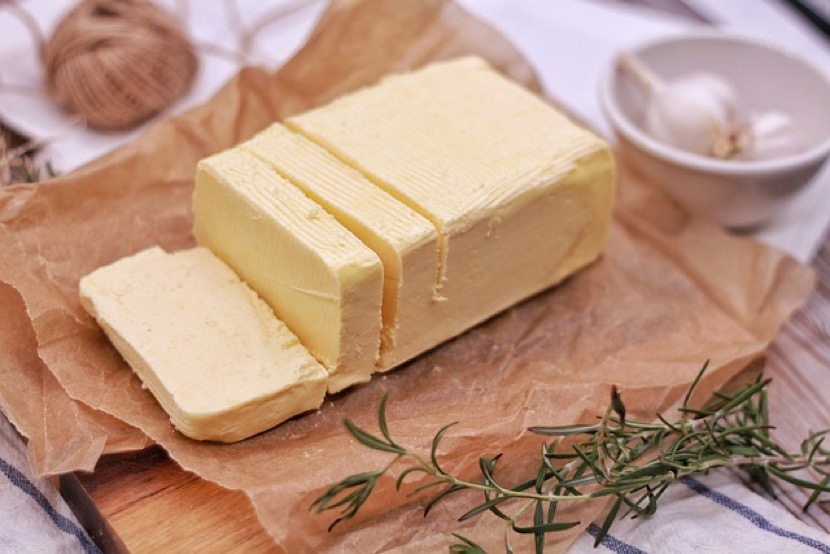Butter is a luscious and versatile dairy product crafted from the cream extracted from milk. Comprising at least 80% milk fat, water, and milk solids, it stands as a culinary cornerstone with a rich history dating back centuries.

The alchemical transformation from liquid cream to solid butter is achieved through the age-old process of churning, a practice that delineates the separation of fat from liquid. The liquid byproduct, known as buttermilk, remains after this intricate dance of separation.
Beyond its cultural and historical significance, butter plays a pivotal role in the culinary world, enhancing flavours and textures across a spectrum of dishes. Used as a cooking medium, a baking essential, and a delectable spread, butter imparts a characteristic richness that elevates the taste profile of numerous recipes.

The butter aisle offers a variety of options, with salted and unsalted varieties catering to diverse palates. Salted butter, infused with additional salt, introduces a savoury element, while unsalted butter offers a pure and neutral canvas, affording chefs greater control over the salt content in their creations.
Not merely a culinary delight, butter also brings nutritional value to the table. Apart from its undeniable saturated fat content, butter serves as a source of fat-soluble vitamins, including A, D, E, and K. While these vitamins play essential roles in various bodily functions, it is imperative to exercise moderation in butter consumption as part of a well-rounded and mindful dietary approach.

Considering individual dietary preferences and health considerations, the inclusion of butter in a balanced diet can contribute to a pleasurable and nourishing culinary experience.

[…] here, to know more about […]
[…] Explore all there is to know about butter by clicking here. […]